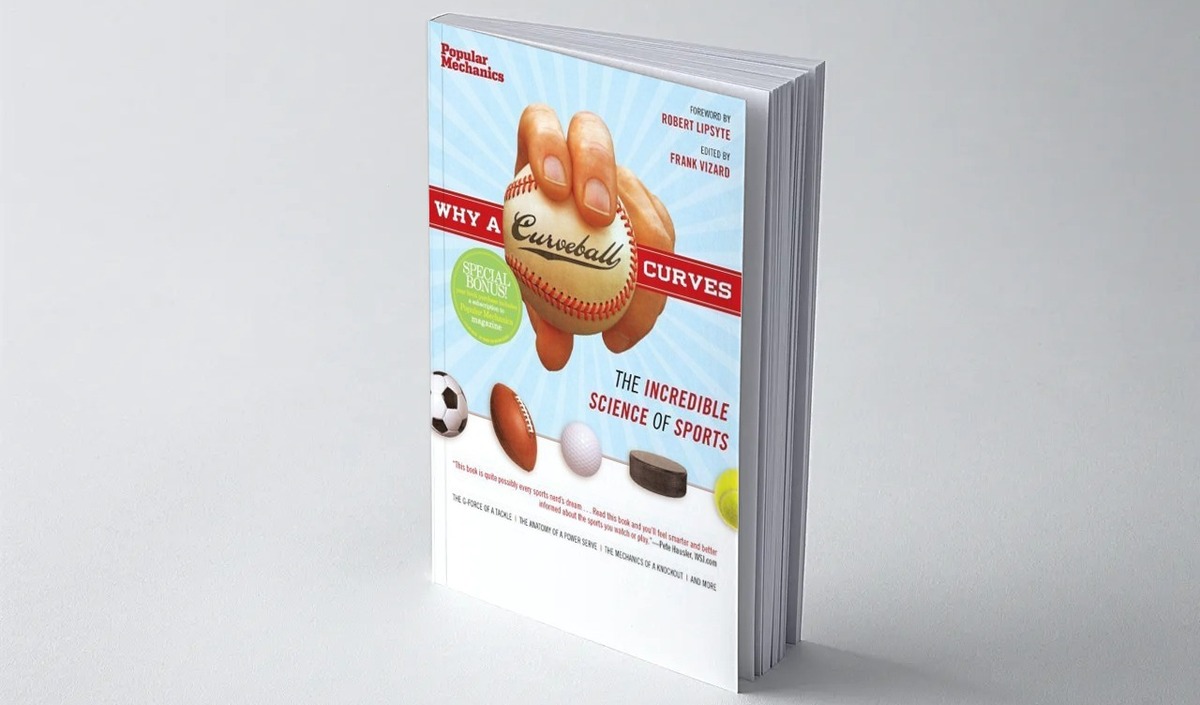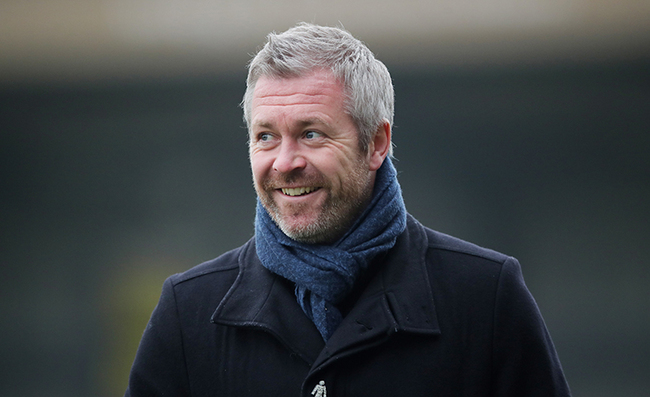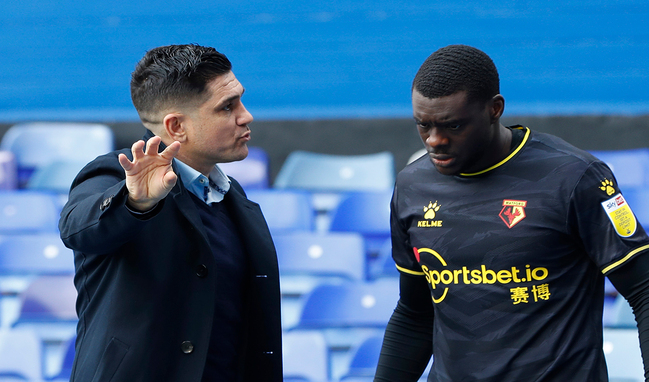You are viewing 1 of your 1 free articles
Sports science
In studying the philosophy of soccer, in being enthused and absorbed by a wealth of engaging and positively charged literature, it’s often easy to fall into a positive mindset where you will believe everything can achieved by just that – a positive mindset. Sports philosophers have, for years, waxed about the power of the mind, and how performance on the pitch, track, court – or any other platform – can be fed and led by a mental state in which the limitations of physical prowess are all but removed. And of course, that’s complete nonsense, as author William Hayes quickly points out in ‘Why a Curveball Curves: The Incredible Science of Sports’.
The greater reality is, of course, that no matter the lengths we go to in teaching, preparing, tutoring and inspiring players, the end result is absolutely determined by physical properties. And not just the physical attributes of the competitors, but of the equipment too.
That’s why Hayes’s appraisal of the very objects that enable us to play whatever sport we choose is so engaging. This is a slick and stylish voyage into the very physics of footballs, tennis balls, baseball, basketballs and more. In explicit detail he examines the elements that make a ball spin, that enable a boot to connect with it, before explaining how very subtle switches of technique can produce vastly different results.
The phase ‘subtle nuances’ was probably invented for tomes such as this. Few readers will be able to extract any heaviness of tactical thinking from the book; nor will they suddenly be struck with the potential of taking clarity in one’s own thoughts in the changing room before a sporting encounter. What they will absorb though is a strong grasp on technical prowess, a mastering and probably deeper appreciation of the object of desire that enables us to fulfil our competitive ambitions. This is, ultimately, a fantastic exploration into sports science, in its truest and bravest form.
There’s also a huge slab of relevance for how the human body copes with the challenges of sport, from addressing lactic acid to recommending appropriate water intake.
The material itself takes the form of the author’s own investigations, whilst also using expert scientific basis and commentary. Additionally, it looks at how some of the world’s most renowned sportsmen have taken their own view on the tools of the trade.
It all adds up to a perfect powder keg of insight, and is certainly worthy of an extended look, whether you’re a coach, a player or perhaps just a fan.
Excerpt
“Science bored me in high school and scared me in college. But then around noon on April 16, 1962, in a dank clubhouse at the old Polo Grounds in New York, it suddenly became exciting and relevant. Jay Hook drew a diagram to show me why a curveball curves.
“He told me that the principles behind the curveball were the same as those that kept an airplane aloft. He talked about air pressure and boundary layers. ‘This is really quite simplified,’ he said apologetically.”
Why A Curveball Curves: The Incredible Science Of Sports, William Hayes. Published by Hearst.
Editor's Picks
Using the goalkeeper in build-up play
Pressing principles
Intensive boxes drill with goals
Penetrating the final third
Creating and finishing
My philosophy
Pressing initiation
Compact team movement
Defensive organisation
Coaches' Testimonials

Alan Pardew

Arsène Wenger

Brendan Rodgers

Carlos Carvalhal

José Mourinho

Jürgen Klopp

Pep Guardiola

Roy Hodgson

Sir Alex Ferguson

Steven Gerrard
Coaches' Testimonials

Gerald Kearney, Downtown Las Vegas Soccer Club

Paul Butler, Florida, USA

Rick Shields, Springboro, USA

Tony Green, Pierrefonds Titans, Quebec, Canada
Join the world's leading coaches and managers and discover for yourself one of the best kept secrets in coaching. No other training tool on the planet is written or read by the calibre of names you’ll find in Elite Soccer.
In a recent survey 92% of subscribers said Elite Soccer makes them more confident, 89% said it makes them a more effective coach and 91% said it makes them more inspired.
Get Monthly Inspiration
All the latest techniques and approaches
Since 2010 Elite Soccer has given subscribers exclusive insight into the training ground practices of the world’s best coaches. Published in partnership with the League Managers Association we have unparalleled access to the leading lights in the English leagues, as well as a host of international managers.
Elite Soccer exclusively features sessions written by the coaches themselves. There are no observed sessions and no sessions “in the style of”, just first-hand advice delivered direct to you from the coach.









